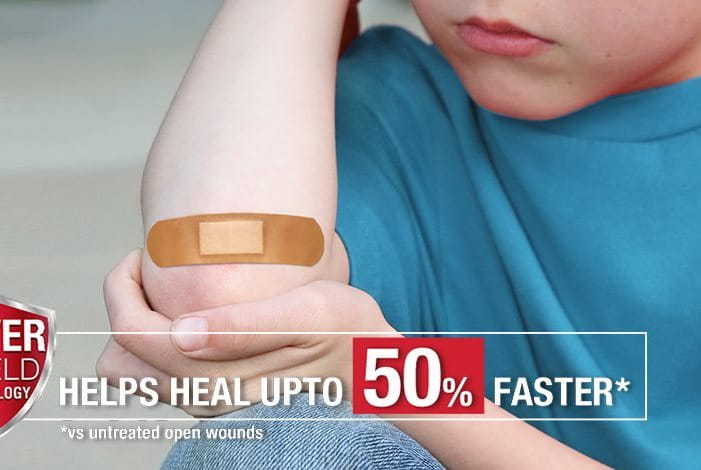Overview
We all suffer from small cuts or wounds sometimes, be it a mishap while preparing dinner, repairing broken things, or even while enjoying arts and crafts. Often, we do not give much thought to the injury and go on with our day, unaware of the proper wound care procedures to be followed. However, paying attention to and treating every wound, no matter how small, is the only way to avoid infection or greater injury. Before diving into the world of wound care, let’s take a look at what a cut actually is.
A cut is any opening in the skin caused by a sharp object, such as a knife, a sharp tool or even a piece of paper. A cut may penetrate deep into the skin, which could lead to strong bleeding and leave a scar. Minor cuts only scratch the surface of the skin, and are easier to treat.






